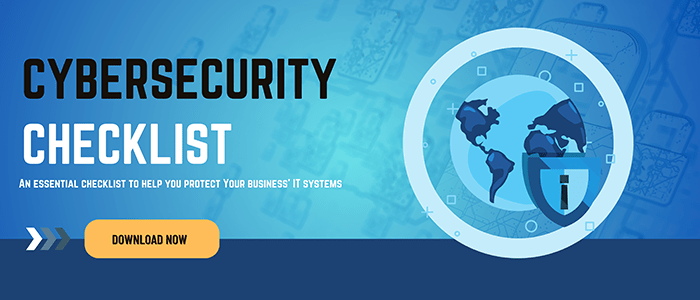Return to Office or Embrace Remote Work? Finding the Right Balance for Your Business

Return to Office or Embrace Remote Work? Finding the Right Balance for Your Business
The way we work has undergone a massive transformation over the past few years. The global pandemic forced businesses to quickly adapt, and remote work became the norm for millions of employees around the world. As we emerge from the crisis, companies are now faced with the challenge of determining the future of work. Should they call their employees back into the office or embrace a more flexible, remote-friendly approach?
The question isn’t as straightforward as it seems. While some businesses are eager to return to pre-pandemic norms, others are realizing the advantages of flexibility. To navigate this complex decision, it’s essential to understand both the pros and cons of each approach and find a solution that works best for your business.
The Appeal of Remote Work
Let’s be honest—working from home has its perks. For many employees, the ability to skip the daily commute means they save valuable time that can be spent on work or personal activities. Remote work also allows for fewer interruptions and a greater sense of control over their environment. For those with families or other responsibilities, the ability to balance work and life is a significant benefit.
From a business perspective, remote work has been shown to improve productivity. According to several studies, employees tend to get more work done when they aren’t distracted by office chatter or unnecessary meetings. Additionally, businesses have the opportunity to reduce overhead costs associated with maintaining large office spaces.
But remote work isn’t just about employee happiness. It’s also a tool for attracting and retaining talent. In today’s competitive job market, employees want flexibility. Companies that offer remote or hybrid work options are often seen as more attractive to top talent, especially those in senior roles or highly specialized positions. In fact, research has shown that businesses that strictly enforce Return to Office (RTO) policies have seen a 14% increase in employee turnover, and it’s often the top talent that walks out the door. Replacing these skilled individuals can take a significant amount of time and money.
The Case for the Office
That being said, remote work isn’t a perfect fit for every business or every employee. Some businesses thrive on in-person collaboration, innovation, and spontaneous brainstorming sessions that are more difficult to replicate in a virtual environment. The office can provide a sense of structure and clarity that helps employees focus on their tasks and stay aligned with company goals.
In certain industries, like manufacturing, healthcare, or customer service, the office or physical presence is simply non-negotiable. But even in industries where remote work is possible, there can be advantages to bringing employees back into the office. Having a space where people can collaborate face-to-face fosters stronger relationships, more effective communication, and quicker decision-making.
Additionally, for certain employees, the office environment provides much-needed separation between work and home life. In a hybrid model, employees have the best of both worlds, allowing them to choose when they want to be in the office and when they want to work from home.
Navigating the Security Challenges of Remote Work
One of the primary concerns for businesses when it comes to remote work is security. Public Wi-Fi networks, personal devices, and shared home computers can all introduce vulnerabilities to a business’s data. Cybercriminals often take advantage of these risks, and it’s crucial to take proactive steps to protect sensitive information.
Fortunately, there are practical ways to secure your business even while allowing employees the flexibility to work remotely.
- Multi-factor authentication (MFA) adds an extra layer of security by requiring employees to verify their identity using more than just a password.
- Device management systems allow businesses to ensure that all devices accessing company data are up to date with the latest security patches.
- Employee training on recognizing phishing attempts and suspicious emails can significantly reduce the risk of falling victim to cybercrime.
- Secure networks can be established through Virtual Private Networks (VPNs), ensuring that employees can access company resources safely from anywhere.
By implementing these measures, businesses can mitigate the risks associated with remote work and enjoy the benefits without sacrificing security.
Finding the Right Balance
Ultimately, there is no one-size-fits-all answer. The decision to return to the office or embrace remote work depends on your specific business needs, the nature of your industry, and the preferences of your employees.
Some businesses thrive with a full office presence, where collaboration is essential to their success. Others may find that allowing employees the freedom to work remotely (or in a hybrid model) leads to higher productivity, better employee morale, and a competitive edge in attracting talent.
The key is to listen to your employees, understand what works for your business, and be flexible enough to adapt. If you choose a hybrid or fully remote approach, don’t skimp on security. A combination of strong protective measures and flexible working options can offer the best of both worlds—happy, engaged employees and a secure, thriving business.
At the end of the day, the right solution for your business is the one that aligns with your goals, culture, and long-term strategy. And when in doubt, it’s always a good idea to seek professional advice on how to maintain a balance between flexibility and security.
Ready to make your remote or hybrid work setup more secure? Contact us today for tailored solutions to protect your business and support your employees in the evolving world of work.





